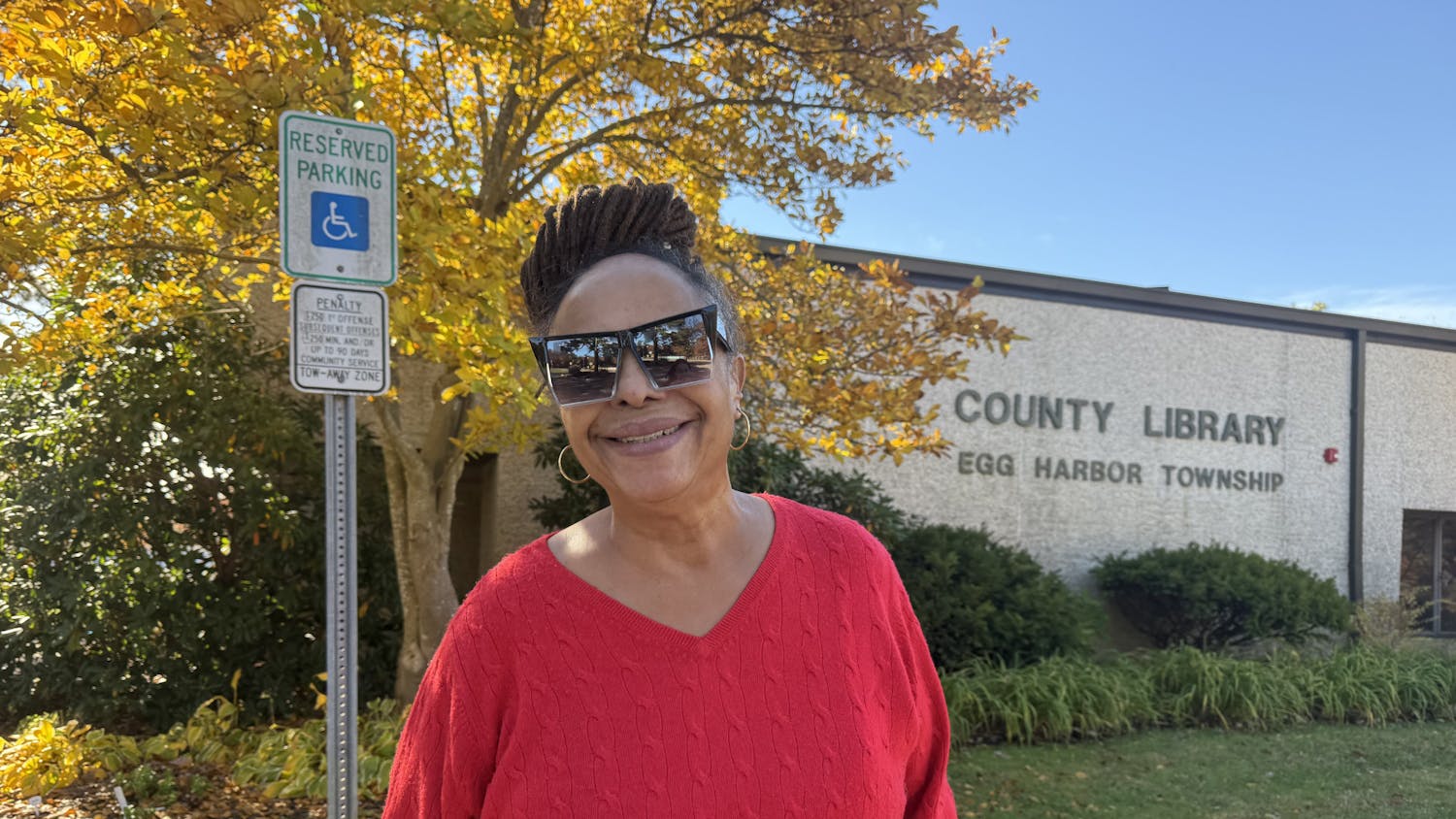Eighty-three students took advantage of the College’s pilot project for blended learning courses this summer.
The courses, which ranged from Financial Accounting and Reporting to Stress Management, met on campus once a week, but students did the majority of the course-work online.
“It was the best of both worlds,” said Jody Eberly, associate professor of Elementary and Early Childhood Education, who
taught Multicultural Child-ren’s Literature.
“(Blended learning courses) allow students to do other things without living close by … to adjust their schedule according to their needs,” said professor of economics Bozena Leven, who taught Principles of Microeconomics.
Although the students might have saved time in their commute, they still had to spend ample time doing the assignments.
“You have to participate, you have to be more organized, you have to read the assignment,” Eberly said. “You can’t have an off class like you can in a traditional classroom, where you might just skim the reading for the day.”
The faculty also reported an increase in the amount of time spent preparing for the blended learning courses.
“There is more prep needed and no time saved on the tests. Each student submitted individualized answers that I had to read through, so there was no time saved,” Leven said. “There was excellent software, so I didn’t have to create the whole class from scratch — McGraw-Hill has done it with millions of dollars.”
“(The professor) has to be incredibly organized,” Eberly said. “It’s overwhelming the amount of stuff you do online. I checked my email three to four times a day. You really need complete flexibility.”
Interim Dean of the School of Education Mark Kiselica was instrumental in bringing the blended learning courses tothe College listed for a few reasons for doing so.
“A segment of the faculty had been moving ahead with incorporating distance learning into their course already … more and more students in high school had experience with blended learning, and we felt we might be able to help students accelerate their course of study,” Kiselica said.
According to Kiselica, there was a course designer involved in planning the courses, as well as various workshops and discussions of each professor’s syllabus. The students in each course took a specialized survey at the end, and those surveys are in the process of being evaluated to determine the effectiveness of the blended learning curriculum.
“It’s difficult to do a direct comparison,” Kiselica said, though the students were asked to compare this type of course to the traditional in-class course.
Leven said one of her main concerns was that students who take summer classes generally fall into two groups: those who failed and are trying to catch up and those who are trying to get ahead. “In a typical class, it is easier to target those who are struggling,” she said.
If she taught the class again, she would make sure that the students who are struggling are clear on what is expected, she said.
“I would try to identify the students who are weaker analytically, who are afraid of the math involved with the graphs … and insist on meeting separately with those students and not allow them to meet only on the computer,” Leven said. “The hybrid part allowed them to come back and ask questions, and most did not. It was distance learning. This course required a certain degree of analytical skills. Students didn’t have the same advantage they would have in a traditional course, by hearing the same question asked repeatedly.”
“Distance learning is not for students who can’t budget time. They could theoretically go on vacation and be near a computer,” Eberly said.
Faculty members have expressed mixed feelins about the idea of online teaching.
“The dynamics of a classroom are sometimes important and I don’t know how that can be achieved (online),” said Ralph Edelbach, an associate professor in the School of Engineering and the president of The College of New Jersey Federation of Teachers.
“I’ve heard nobody raising major concerns to me about it so that’s a good sign,” he said.
“I feel I definitely got the same level of education that I would have gotten if I had taken an in-class course. I have already started using some of the knowledge I gained this summer in classes this semester,” said Rebecca Turner, a sophomore math, science, technology and elementary education double major.
Whether more blended courses will be added to the schedule in the future will be determined after the students’ and faculty’s feedback is processed. The next step is to present the findings of the students’ surveys to the campus government, then the faculty will do its presentations, then the college government has its input, said Kiselica.
However, one thing is certain, Kiselica said: “The College will never become an online institution.”






